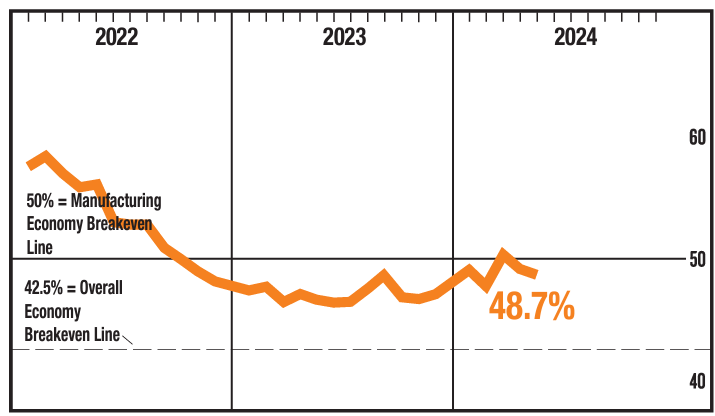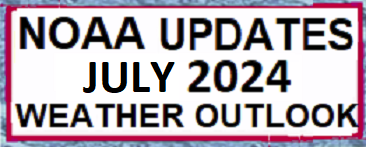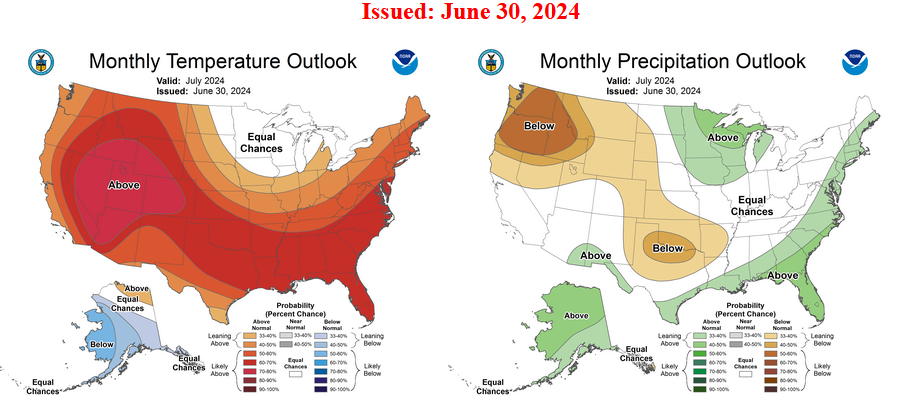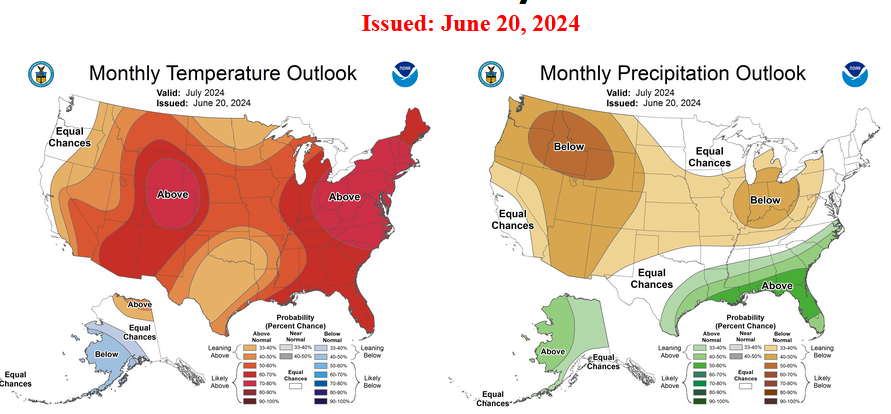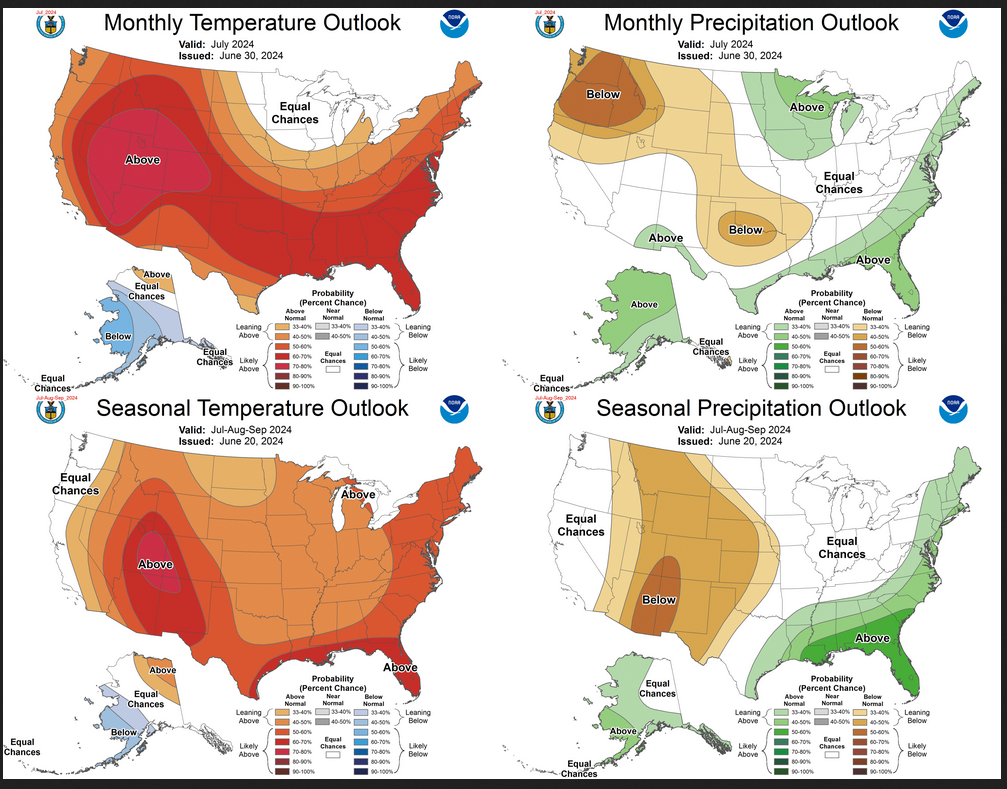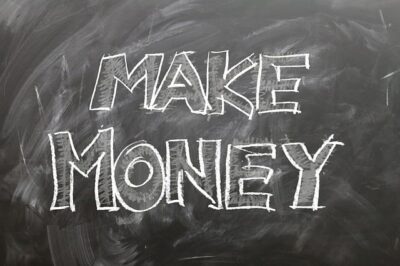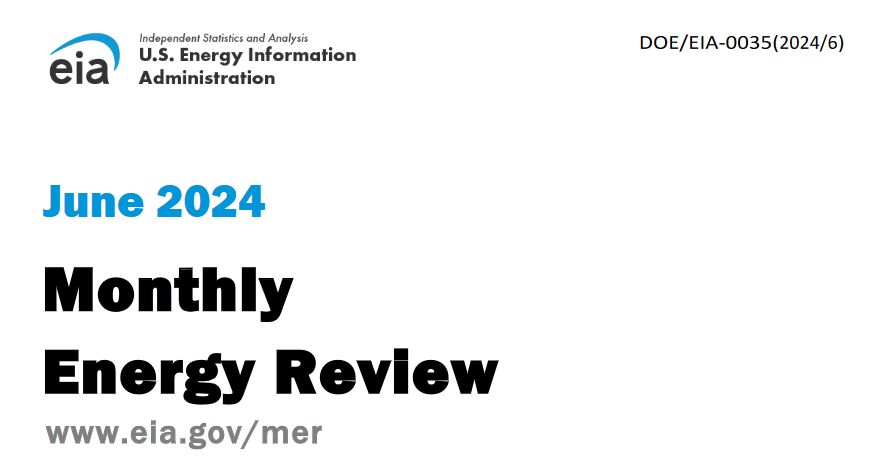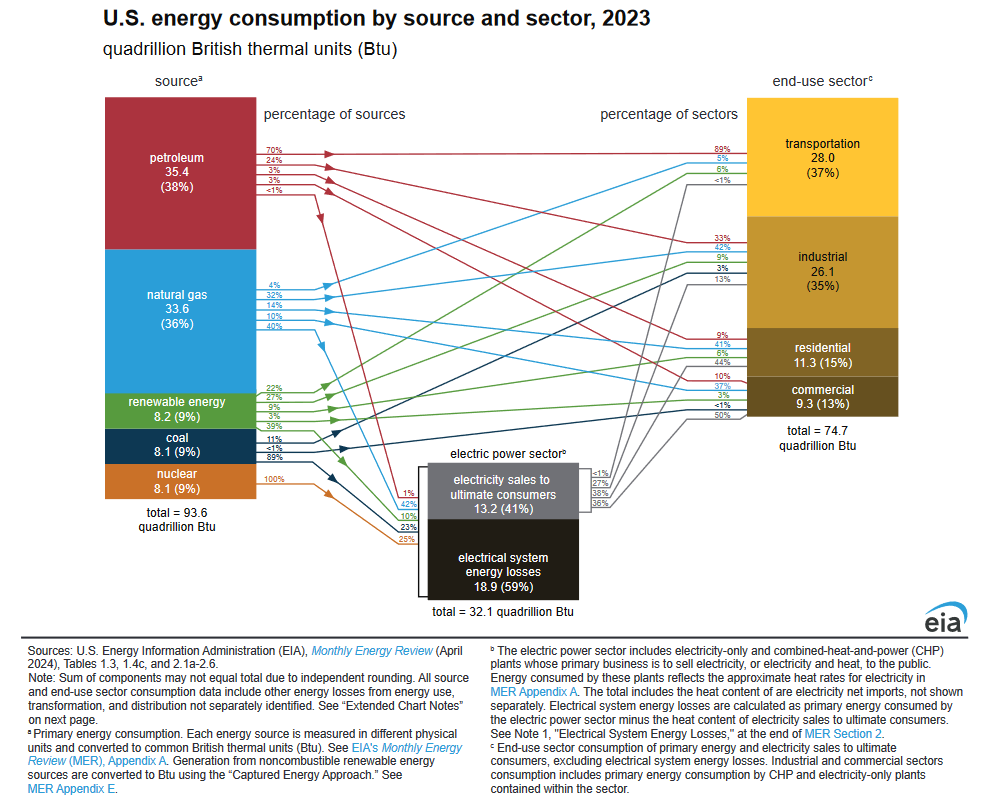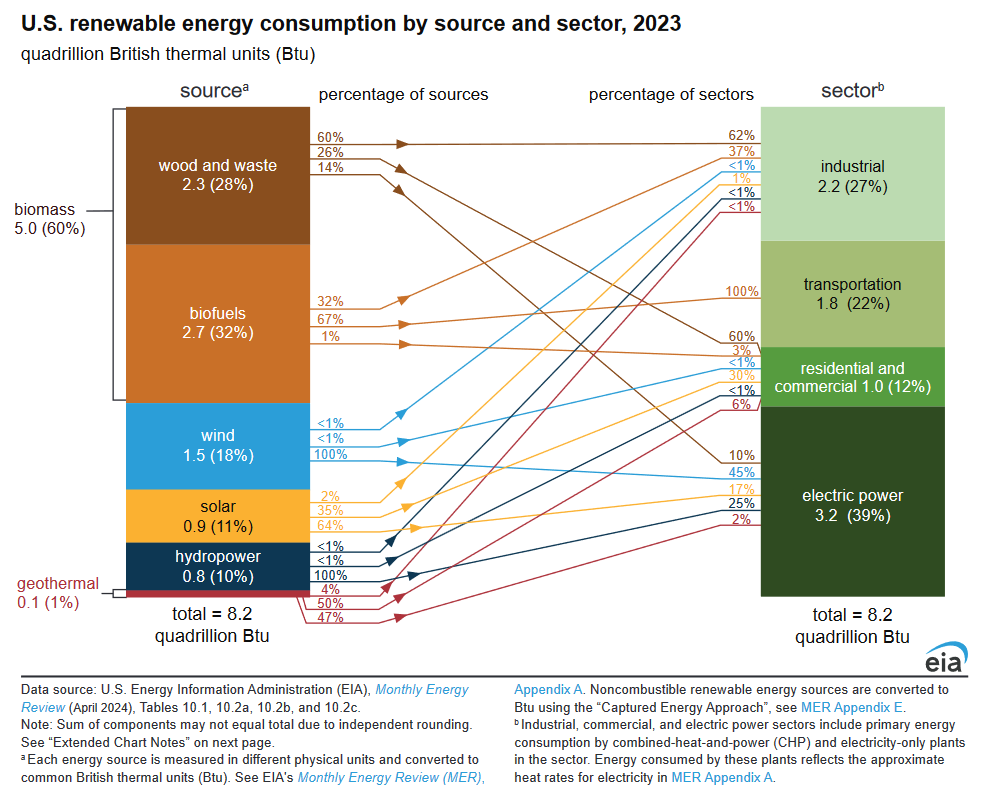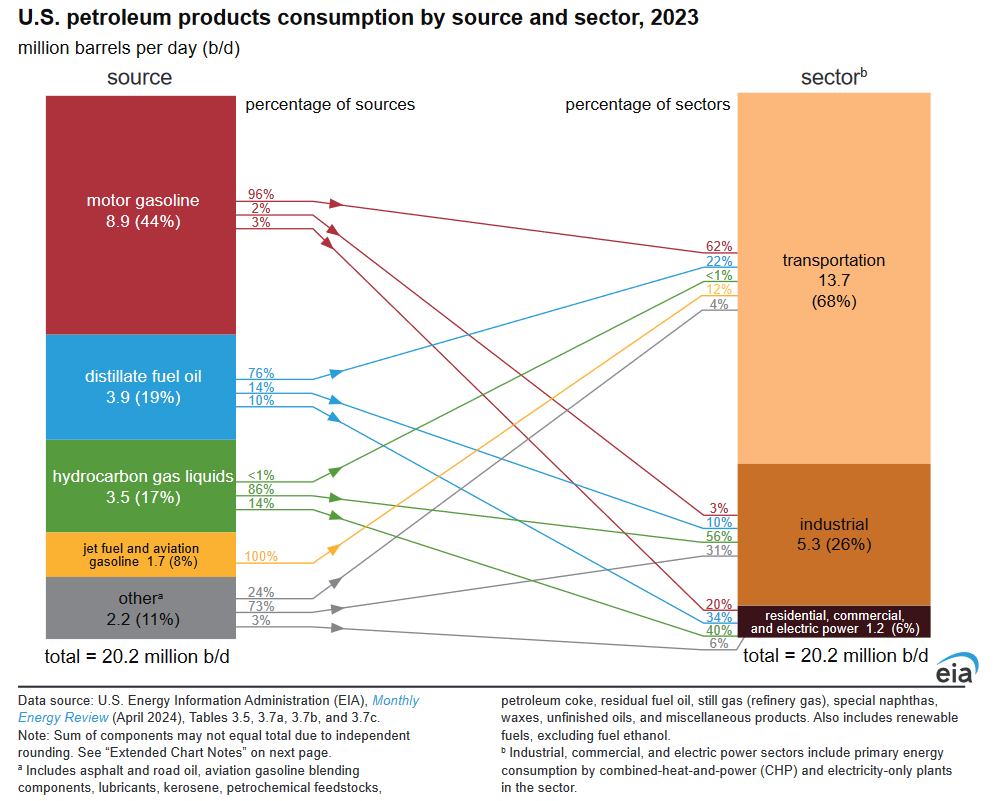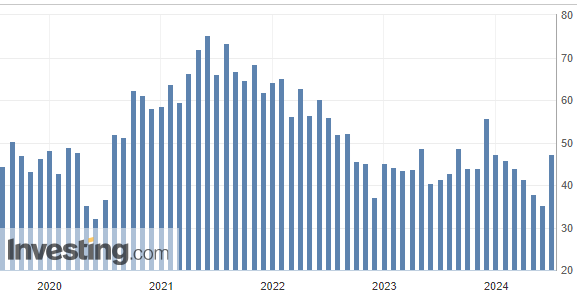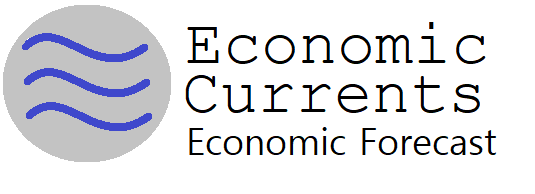Today Through the Fourth Friday (22 to 28 days) Weather Outlook for the U.S. and a Six-Day Forecast for the World: posted July 2, 2024
This article focuses on what we are paying attention to in the next 48 to 72 hours. The article also includes weather maps for longer-term U.S. outlooks and a six-day World weather outlook which can be very useful for travelers.
First the NWS Short Range Forecast. The afternoon NWS text update can be found here after about 4 p.m. New York time but it is unlikely to have changed very much from the morning update. The images in this article automatically update.
Short Range Forecast Discussion
NWS Weather Prediction Center College Park MD
Tue Jul 02 2024
Valid 12Z Tue Jul 02 2024 – 12Z Thu Jul 04 2024…Dangerously hot conditions to impact much of the southern Plains, lower
Mississippi Valley, and western U.S. this week……Severe thunderstorms and flash flooding possible over portions of the
Midwest through midweek……Unsettled weather with localized flash flooding chances continue across
the Southeast and southern Rockies…Over 60 million residents are currently under heat-related watches,
warnings, and advisories this morning as early-July heat swelters much of
the south-central and western United States. The weather pattern
responsible for the potentially record-breaking heat includes upper-level
ridging just off the West Coast and and a separate upper ridge over the
south-central U.S. today before sliding to the east by midweek. For the
southern Plains, high temperatures are forecast to soar into the upper 90s
and low 100s. When combined with elevated humidity levels, heat indices
are forecast to rise into the 110s across the lower Mississippi Valley and
Gulf Coast. Excessive Heat Warnings and Heat Advisories currently span
from Kansas/Missouri to the Gulf Coast States. After enjoying a refreshing
start to the workweek, the Midwest and East Coast can expect a gradual
return to muggy summer warmth by Wednesday as surface high pressure
reorients itself off the East Coast and ushers in southerly flow. Extreme
heat building throughout the West Coast and more specifically interior
California this week will be particularly dangerous for those without
effective cooling. High temperatures away from the immediate coastline are
forecast to reach into the 105-115F range, which could break numerous
daily records in the San Joaquin and Sacramento Valleys. Heat begins to
build northward on Independence Day as highs into the 90s reach Oregon and
interior Washington. Excessive Heat Warnings, Watches, and Heat Advisories
go into effect today for some and stretch from southwest Washington to the
Desert Southwest. The duration of this heat wave is concerning as the
current forecast keeps scorching conditions in place through at least the
end of the week. This magnitude and duration of heat could pose a danger
to the public if proper heat safety is not followed. This includes staying
hydrated, out of direct sunlight, and in properly air-conditioned
buildings. Additionally, it is very important to check on vulnerable
friends, family, and neighbors to confirm their safety.Active and stormy weather associated with a few storm systems progressing
from the northern Rockies to the Midwest this week will create fireworks
of their own this holiday week. Initially, a cold front swinging from the
upper Midwest to the Great Lakes by early Wednesday is forecast to spark
numerous thunderstorms from northeast Kansas to central Wisconsin. Some
storms could turn severe and produce damaging wind gusts, a few tornadoes,
and large hail from northeast Kansas to southern Iowa. This area is
highlighted by the Storm Prediction Center as having an Enhanced Risk
(level 3/5) of severe weather. Thunderstorms are also expected to contain
intense rainfall rates as elevated levels of atmospheric moisture content
remain in place. Flood Watches have been issued for much of Iowa, with the
threat of scattered flash floods also encompassing much of the Midwest
today. For areas experiencing swollen rivers from prior rainfall, any
additional heavy rain could exacerbate flooding concerns. By Wednesday, a
cold front is forecast to stretch from the lower Great Lakes to the
central/southern Plains and provide a focus for additional potent
thunderstorms across the mid-Mississippi Valley. Once again thunderstorms
are expected to produce the potential for damaging wind gusts and flash
flooding. A separate area of potentially organized convection may impact
the central High Plains, where a greater threat for large hail and
tornadoes exists. The Fourth of July will feature the aforementioned
frontal boundary lingering over the Ohio Valley and lifting as a warm
front over the central Plains as an area of low pressure ejects off the
High Plains. This will lead to shower and thunderstorm chances from the
northern Plains and Midwest to the Ohio Valley and Mid-Atlantic, with the
highest chances for severe weather extending from eastern Kansas to
central/southern Missouri.Continued sufficient moisture content over the Southwest and southern
Rockies will also aid in the development of daily showers and
thunderstorms capable of producing localized instances of flash flooding
through midweek. Regions most likely to be affected by scattered downpours
include southeast Arizona and New Mexico, with burn scars and sensitive
terrain the most at risk for flash flooding. Meanwhile, a dying stationary
front entering the Southeast from the western Atlantic will also aid in
daily widely scattered thunderstorms across the Gulf Coast, Florida, and
the Southeast coastline/southern Georgia.




